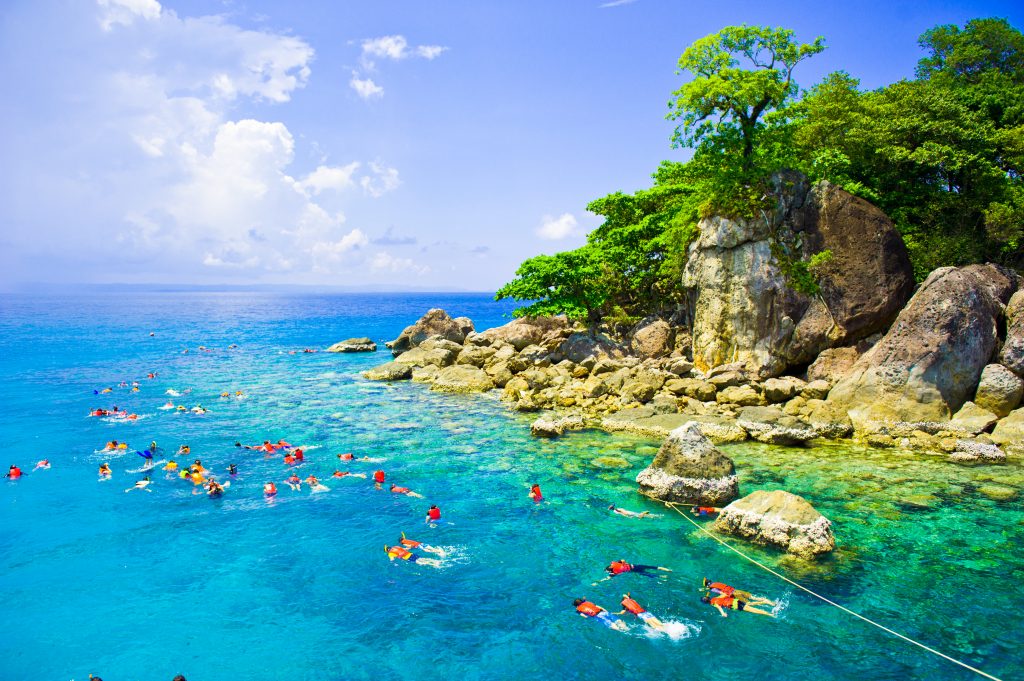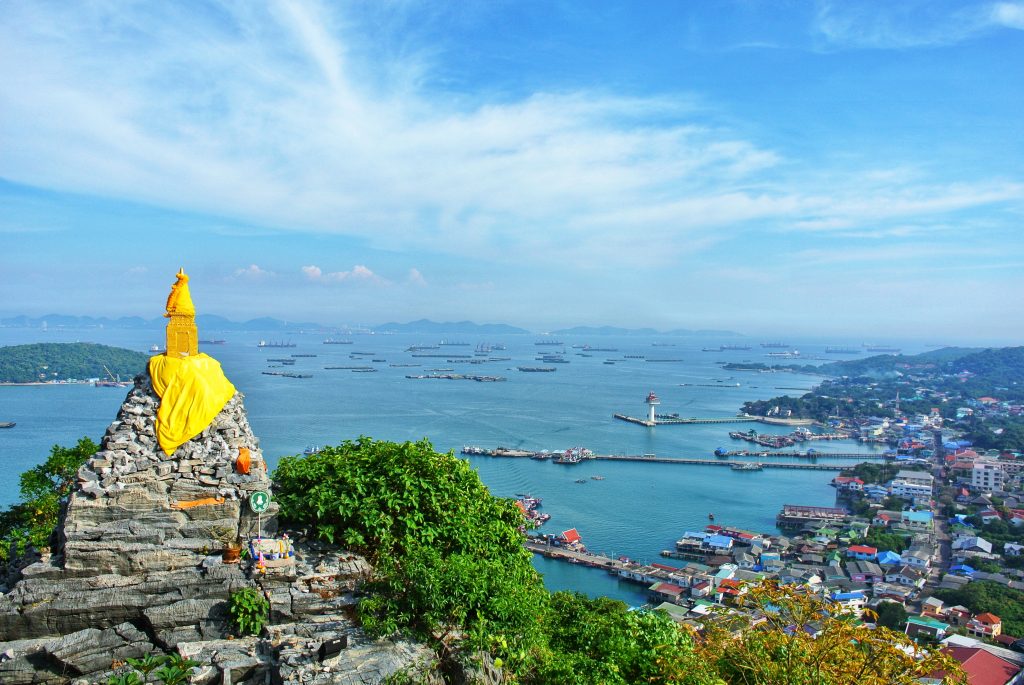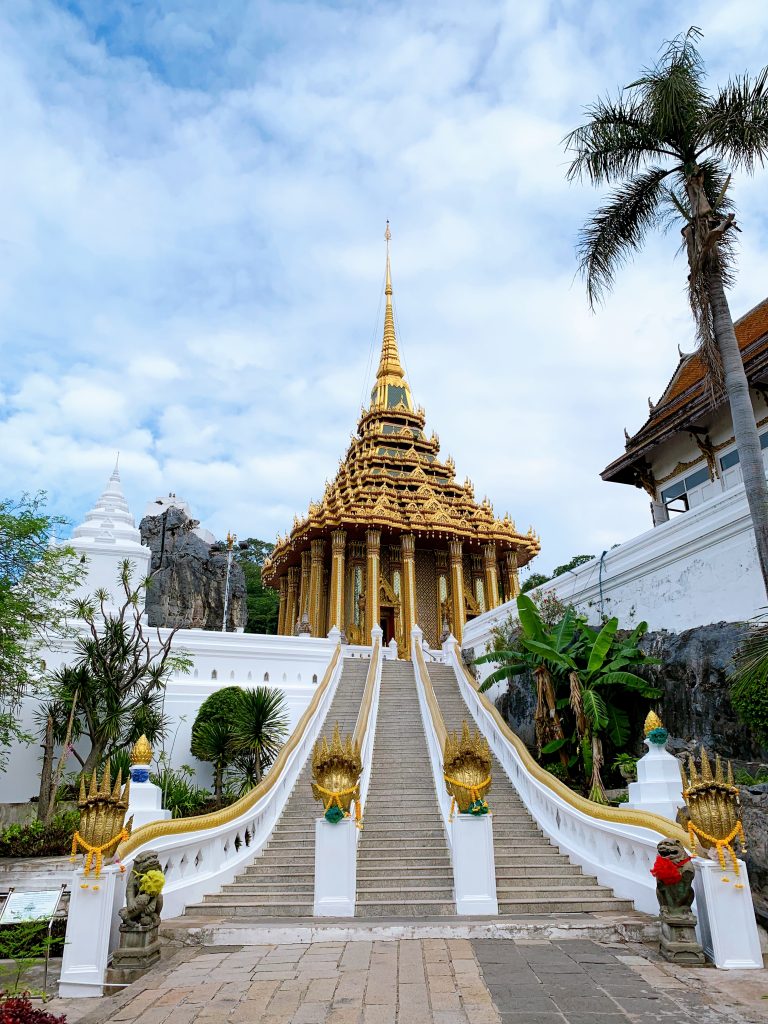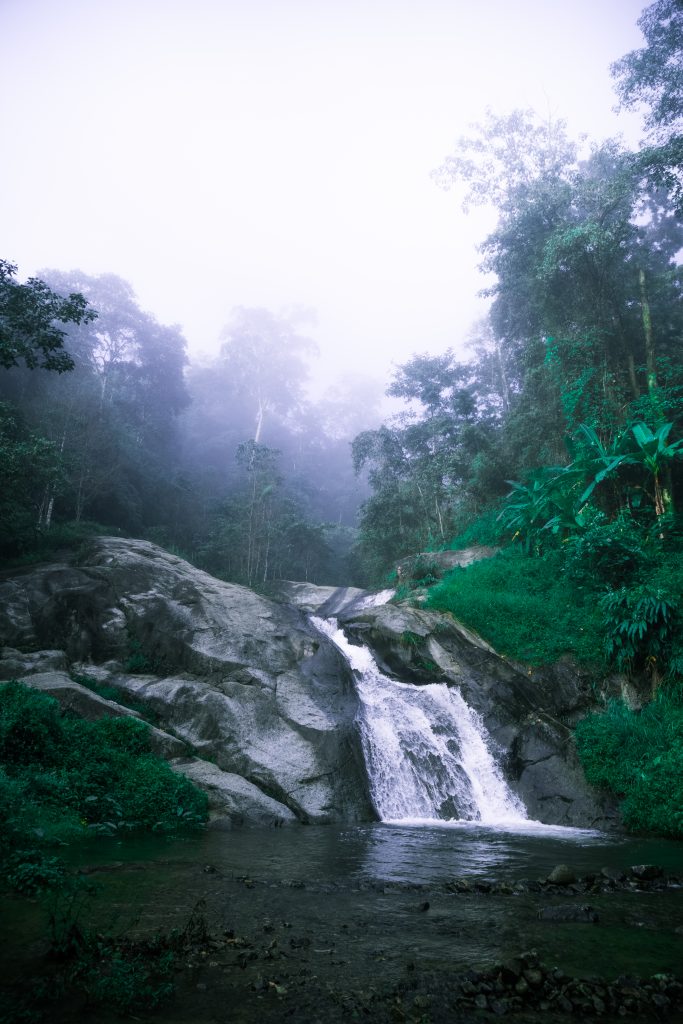Where to escape when the second wave is over!
By Ashima Sethi
With the threat of COVID-19 being the festive surprise none of us wanted, who can really guarantee when we’ll be back to the good ol’ days of ‘Rao Tiew Duay Gun‘ promotions and unbelievable flight deals. But while we wait, Masala has the travel inspiration you need to survive this rocky start to 2021. As Indians, we’ve become too comfortable with our holidays in places like Hua Hin, Phuket and Chiang Mai, so to keep things interesting, here are five destinations less frequented by Indians that you should consider for your next vacay!
KHAO SOK
Khao Sok (pictured above) is a stunning national park located in Surat Thani Province and is easily accessible from popular destinations like Phuket, Krabi, Khao Lak and Koh Samui. The park is an impressive 739 square kilometres and houses the largest untouched forest in Southern Thailand, one that is thought to be older than the Amazon Rainforest with tons of wildlife including gibbons, tapirs, tigers, and elephants.
When to visit: Rainy season is between April and December, with the heaviest rains hitting the region from June to November. However, this doesn’t mean you’ll have to avoid the park during these months, the forest and rivers are actually at their best, you’ll just have to prepare for the occasional torrential downpour. This means packing solid hiking shoes and waterproof clothing.
How to get there: From Bangkok, fly into Surat Thani Airport where you can arrange a taxi to drive you approximately two hours to your accommodation. You can also take a minibus from the airport to save costs, which will drop you in Klong Sok (the town at the entrance of the national park, hotels are walking distance or a short song thaew ride away). Driving from Phuket to Khao Sok will take three hours while getting there from Khao Lak is a short one hour drive.
Where to stay: Accommodation options range from humble bungalows, hostels, and eco-friendly hotels to ultra-luxurious floating resorts on a lake. Regardless of what you choose, expect to be fully immersed in the region’s lush natural beauty.
Must do: Visit the famous 185 square kilometre Cheow Lan Lake. More awe-inspiring than its size are its landscapes and towering limestone karsts that make it look like a real life Jurassic Park! Hotels and travel companies can arrange overnight tours to the lake where guests can stay in a floating bungalow, but if you’re keen to see it and then return to the comfort of your hotel room, full-day options are also available and include meals, a boat and guide, and activities like hiking, kayaking, and cave exploring.
KOH CHANG
Located in Trat Province, Koh Chang is Thailand’s third largest island and is packed with natural beauty spanning mountain peaks, waterfalls and thriving coral reefs. As part of the Mu Ko Chang National Park, 70 percent of the island has been preserved, making it a fantastic choice for those who want to visit an island paradise that’s less busy than the likes of Phuket and Koh Samui.
When to visit: Koh Chang has three seasons: the cool season (November to February) is when the island is busiest and offers sunshine and calm seas; the hot season (March to April) where temperatures soar; and the rainy season (May to October) when the island is most quiet.
How to get there: The fastest option is to fly on Bangkok Airways to Trat and then hop on a ferry. However, if you’re thinking to go by road, driving down will take you approximately 6 hours and is quite a straight-forward drive onto the boat. If you’re too lazy to drive, you can take also take a bus or shared minibus from Ekamai Bus Station.
Where to stay: choice of accommodation is vast, ranging from luxury villas and hotels to budget huts straight on the beach. The West coast of the island is the most popular and is home to White Sand, Klong Prao, and Kai Bae beaches.
Must do: Beyond just its white sand beaches, Koh Chang is known for its emerald ocean waters that are great for taking a dip, kayaking, and snorkelling.
KOH SI CHANG
A tiny island paradise in the Gulf of Thailand, Koh Si Chang in Chonburi Province has gained popularity over the years due to its proximity to Bangkok. Boasting small beaches with crystal clear waters, several historical attractions, and home-style restaurants, the island definitely has a laid-back vibe and is easy to explore on motorbike and even foot compared to its larger counterparts (please note that private cars are not allowed on the island).
When to visit: The dry season runs between December and February and is considered the best time to visit the island. The rainy season takes place from May to November, with September and October being the rainiest months.
How to get there: The drive to Si Racha town from Bangkok takes about two hours. When you arrive, you can hop on a ferry across to Koh Si Chang that takes about 45 minutes. Public buses and vans also leave for Si Racha from Ekamai Bus Station and Mo Chit every 40 or so minutes.
Where to stay: There are only about 20 choices of accommodation on the island so it’s recommended to book well in advance if you’re planning on visiting. Options range from modern bungalows to eco-friendly cottages with views of the sea.
Must do: Haad Tham Phang is the main beach and although it’s small, it’s picturesque. Other spots worth checking out include Cape Nguu, Wat Tham Yai Prik and the Yellow Buddha, King Chulalongkorn’s Summer Palace, and the Khao Noi Viewpoint. For snorkelling, head to Koh Khang Khao, a small island just South of Koh Si Chang.
SARABURI
Saraburi is one of the country’s central provinces, neighbouring Nakhon Ratchasima, on the East of the Chao Phraya River Valley. An important province since ancient times, it is home to an array of historical sites as well as two national parks: Namtok Chet Sao Noi and Namtok Sam Lan, both of which are popular for their hilly landscapes, reservoirs, and waterfalls. The city of Saraburi is viewed by many as the gateway to Thailand’s rich Northeastern region.
When to visit: The best time to visit Saraburi is between November and January when the weather is cool and dry. However, bring an N95 mask along as pollution from crop burning can damper the air quality around this region. Visiting between March and April is not recommended as humidity soars, making it difficult to enjoy many activities. May to October is considered the rainy period.
How to get there: Driving to Saraburi takes about two hours, similar distance as driving to Khao Yai. If you’re not keen to drive, minibuses and vans leave every hour from Ekamai Bus Station and Mo Chit. You can also head to Saraburi by train from Hua Lamphong. The scenic journey takes about two and half hours and tickets start at only THB 24 baht.
Where to stay: There are plenty of accommodation options in the region, ranging from homestays and guesthouses to mid-tier and luxury hotels and several wellness retreats.
Must do: The nature trails and waterfalls available in the two parks are recommended for those who love the outdoors. For a glimpse into the region’s cultural history, pay a visit to Wat Pa Sawang Bun, Wat Phra Phutthabat, and Wat Tham Krabok. Saraburi is also famous for its flowers. Three recommended places to see them include the BigTae Garden, Phu Khae Botanical Garden, and the Sunflower Fields along the Phatthana Nikhom-Wang Muang route.
PAI
Pai is a dreamy little town tucked deep in a valley between Mae Hong Son and Chiang Mai. Surrounded by endless mountains and rolling plains, the town has become popular over the years with expats looking to wind down from city life. The town itself is easy to explore on foot, boasting only three main streets peppered with small restaurants, bars and cafés. The Pai River cuts through the eastern part of the town, offering opportunities for water rafting and other water sports and beyond the town, Outer Pai boasts several natural and historical attractions.
When to visit: Visiting between November and February is recommended as the climate is very cool (bring a jacket!). April to June are the hottest months. Try to avoid visiting in March as it’s when the farmers burn their crops to prepare for regrowth so the air becomes polluted.
How to get there: Take a flight from Bangkok to Chiang Mai, then from there, rent a car or take a public van up to Pai. The drive can take up to four hours and although it’s very scenic, it’s incredibly winding and steep, with over 2,000 sharp turns. It’s recommended to take some medicine before the drive if you’re prone to motion sickness.
Where to stay: Despite its small size, Pai has a wide-range of accommodation choices from luxury resorts and guesthouses to riverside cottages and hostels. Staying in the central town area is most convenient for sight-seeing, but if you’re looking for a quiet escape then opt to stay further afield amidst the paddy fields and hills.
Must do: The Pai Canyon is a great place to spend a few hours getting lost in nature as it offers incredible views and several hikes. If you’re not keen to wander, make sure to head over for sunset that’s best enjoyed with a few beers. A short drive from the town centre are the Pambok and Mo Paeng Waterfalls, each with pools you can swim in. Another place for a relaxing soak, the Tha Pai Hot Springs are natural heated pools surrounded by gorgeous scenery.










